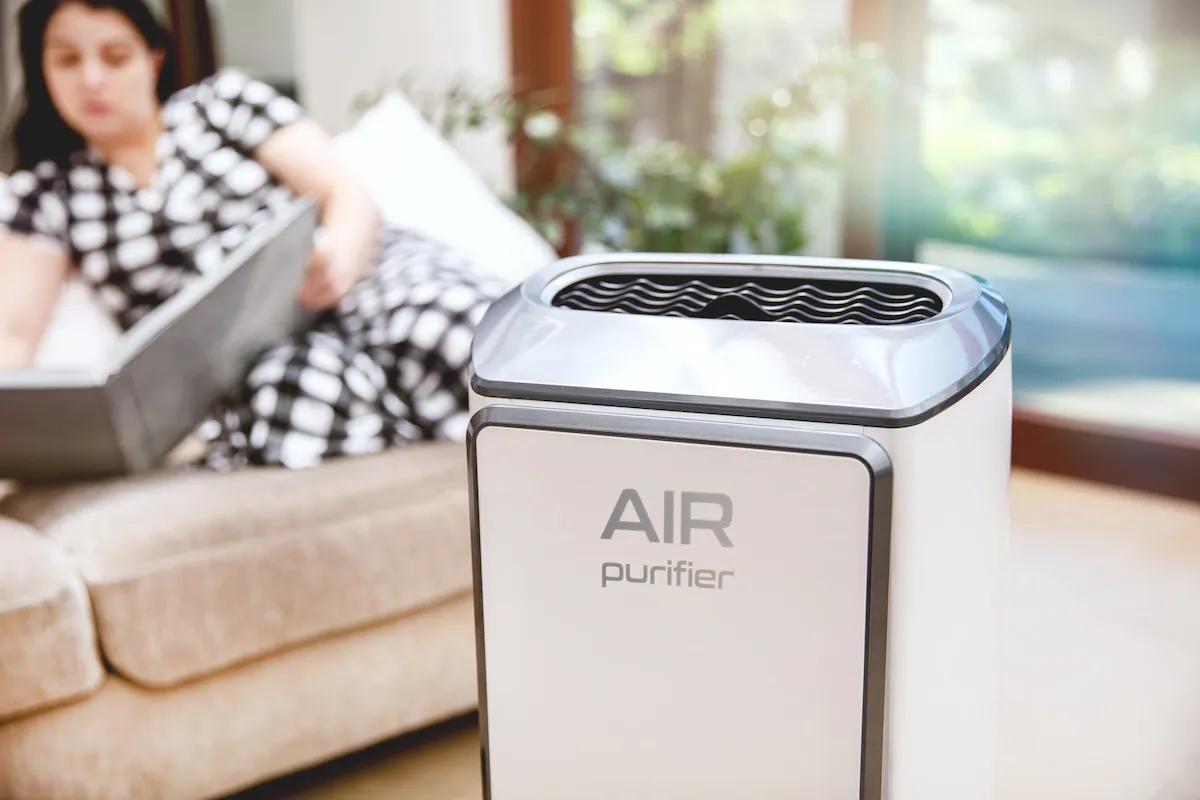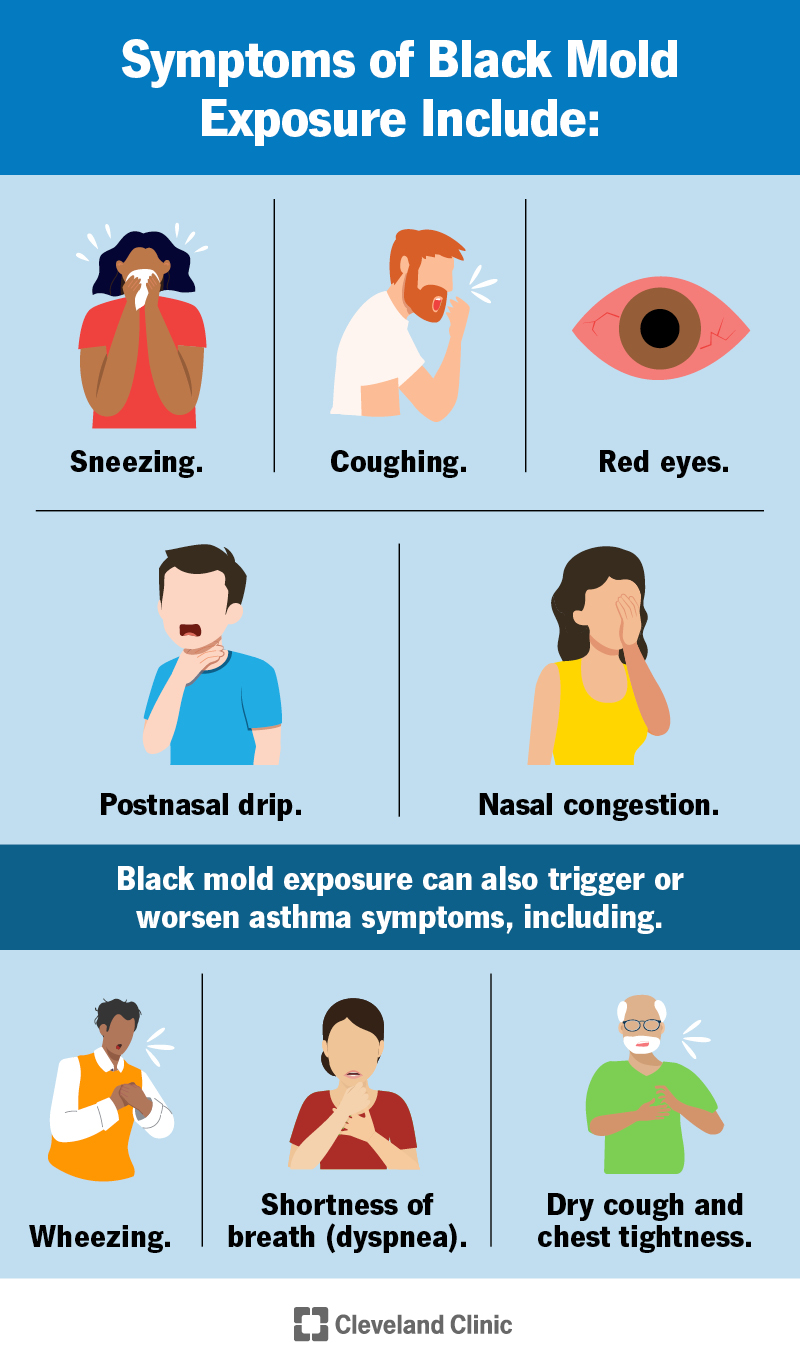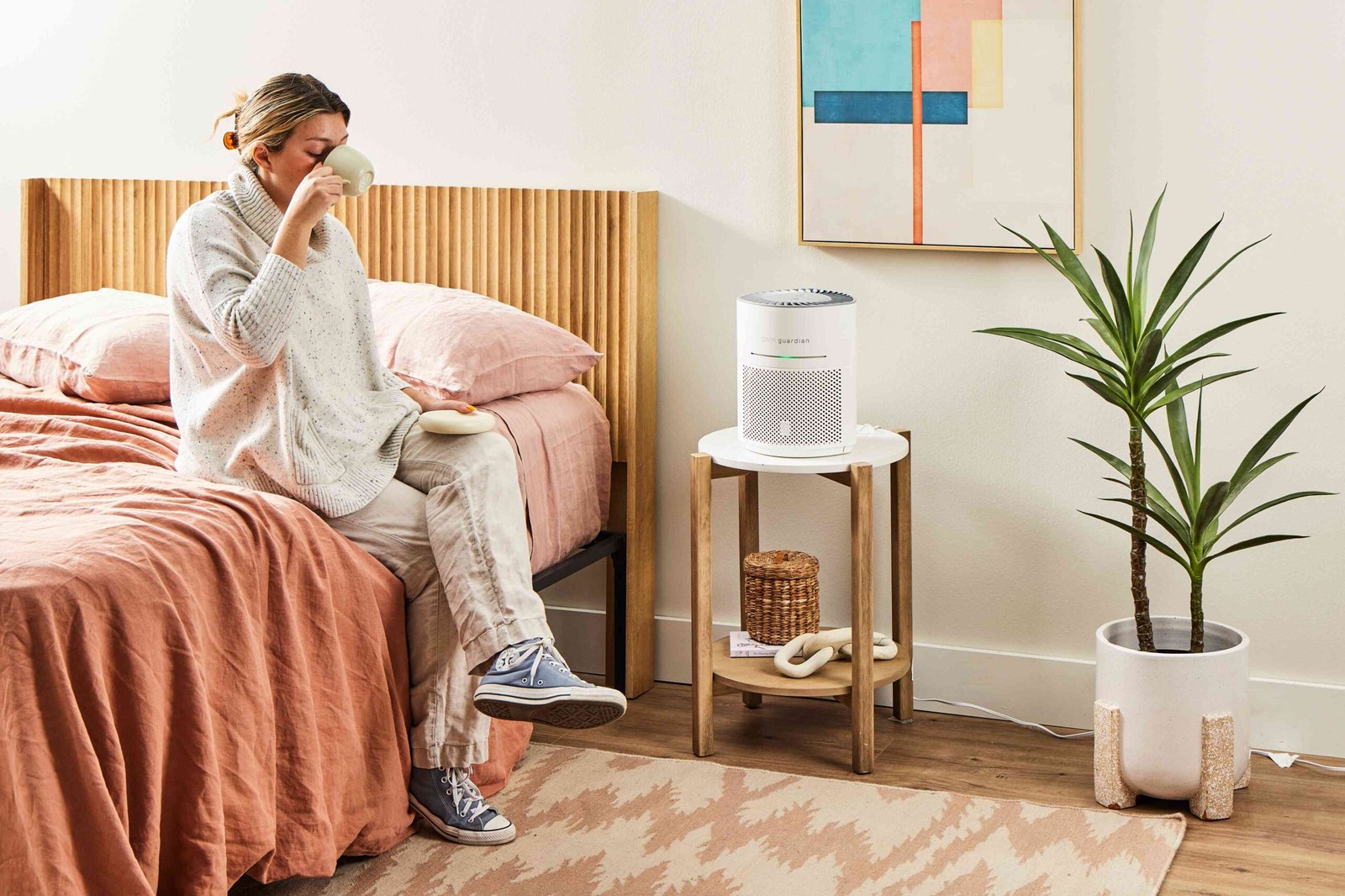Cleaning an air purifier after mold exposure is crucial. It ensures your air remains healthy.
Mold can spread quickly, and your air purifier might be contaminated. Exposure to mold can affect your health, causing allergies or respiratory issues. Your air purifier, designed to keep air clean, can become a breeding ground for mold if not maintained.
Regular cleaning is essential to ensure it works efficiently. This guide will walk you through the steps to clean your air purifier after mold exposure. You’ll learn how to dismantle, clean, and reassemble it safely. With these steps, you’ll ensure your air purifier works effectively and your home air remains clean and healthy. Let’s dive into the details to keep your environment mold-free.
Signs Of Mold Exposure
Recognizing the signs of mold exposure is crucial. It helps you take prompt action. Mold can harm your health and your air purifier. Knowing what to look for can protect you and your loved ones.
Common Indicators
Exposure to mold can manifest through various symptoms. Here are some common indicators:
- Musty Odor: A persistent, earthy smell often signals mold presence.
- Visible Mold: Look for black, green, or white patches on surfaces.
- Allergic Reactions: Sneezing, runny nose, or red eyes can indicate mold.
- Respiratory Issues: Frequent coughing, wheezing, or shortness of breath.
- Skin Irritation: Itchy or red skin can be a reaction to mold.
Health Risks
Understanding the health risks associated with mold exposure is essential. It can help you take necessary precautions.
| Health Risk | Description |
|---|---|
| Allergic Reactions | Common symptoms include sneezing, runny nose, and itchy eyes. |
| Asthma Attacks | Mold can trigger asthma attacks in sensitive individuals. |
| Respiratory Infections | Prolonged exposure can lead to serious respiratory infections. |
| Chronic Sinusitis | Consistent mold exposure can cause long-term sinus issues. |
| Skin Problems | Direct contact can result in rashes or other skin problems. |
These health risks highlight the importance of cleaning your air purifier after mold exposure. Your health should always come first.
Preparing To Clean
Cleaning an air purifier after mold exposure is crucial. Mold can harm health and impair the purifier’s function. Before starting, it’s important to prepare properly. This ensures an effective and safe cleaning process.
Gathering Supplies
First, gather all necessary supplies. You will need:
- A vacuum cleaner with a hose attachment
- Soft cloths or microfiber towels
- Dish soap or mild detergent
- Water
- White vinegar or hydrogen peroxide
- Rubber gloves
- Face mask
Having everything ready saves time and keeps the process smooth.
Safety Precautions
Ensure your safety before you start cleaning. Mold exposure can be hazardous. Follow these steps:
- Wear rubber gloves to protect your hands.
- Use a face mask to avoid inhaling mold spores.
- Work in a well-ventilated area to minimize exposure to mold.
- Unplug the air purifier to prevent electrical accidents.
These precautions help keep you safe and healthy during the cleaning process.
Disassembling The Air Purifier
Disassembling the air purifier is the first step in cleaning it after mold exposure. This process ensures that every part gets thoroughly cleaned, preventing mold from returning. Follow these steps to disassemble your air purifier safely and efficiently.
Removing Filters
Start by turning off and unplugging the air purifier. Locate the filter compartment. This is usually found at the back or bottom of the unit. Open the compartment by pressing the release latch or unscrewing the cover. Carefully remove the filters. These may include a pre-filter, HEPA filter, and carbon filter. Place the filters aside for cleaning or replacement.
Detaching Components
Next, detach other removable parts. This may include the front grill, fan, and other internal components. Refer to your user manual for specific instructions. Each model is different. Carefully unscrew or unclip each part. Lay them out in an organized manner. This makes reassembly easier.
Now, your air purifier is fully disassembled. You are ready to clean each part. This ensures that your air purifier works efficiently and remains mold-free.

Credit: www.puroclean.com
Cleaning The Filters
Cleaning the filters of your air purifier is crucial after mold exposure. Mold can grow on the filters, reducing the purifier’s efficiency. Proper cleaning ensures your air purifier works effectively. This section will guide you on washing and drying the filters.
Washing Techniques
First, remove the filters from your air purifier. Check the manufacturer’s instructions for specific guidance. Some filters are washable, while others are not. For washable filters, rinse them under running water. Use a soft brush to remove mold and dirt. Avoid using harsh chemicals as they can damage the filters.
If the filters are not washable, use a vacuum cleaner to remove mold spores. Gently vacuum both sides of the filter. Be thorough but careful to avoid tearing the filter.
Drying Methods
After washing, let the filters air dry completely. Place them in a well-ventilated area. Ensure they are not exposed to direct sunlight or extreme heat. This can cause damage. Leave the filters to dry for at least 24 hours.
For non-washable filters, inspect them after vacuuming. Ensure there is no moisture left. If necessary, let them sit in a dry area to remove any remaining dampness.
Properly dried filters prevent mold from returning. Reassemble the filters back into the air purifier only when fully dry.
Sanitizing The Housing
After mold exposure, it’s crucial to sanitize the housing of your air purifier. Mold can cause health issues, so cleaning thoroughly is essential. Here, we will cover two important steps: using disinfectants and wiping down surfaces.
Using Disinfectants
To kill mold, use a strong disinfectant. Choose one that’s effective against mold and safe for the air purifier. Common choices include:
- Bleach solution
- Hydrogen peroxide
- Commercial mold removers
Mix the disinfectant as per instructions. Wearing gloves, apply the solution to all parts of the purifier housing. Let it sit for a few minutes to ensure it kills the mold.
Wiping Down Surfaces
After applying the disinfectant, wipe down all surfaces. Use a clean, damp cloth to remove the mold and disinfectant residue. Be sure to reach all corners and crevices where mold may hide.
For detailed areas, use a soft-bristle brush. Gently scrub to dislodge any mold. Rinse the cloth or brush frequently to avoid spreading mold spores.
Finally, dry all surfaces with a clean towel. A dry surface prevents new mold growth.

Credit: my.clevelandclinic.org
Reassembling The Unit
After cleaning an air purifier exposed to mold, reassembling it is crucial. This ensures the unit works effectively again. Follow these simple steps to get your air purifier back in action.
Installing Clean Filters
First, place the new or cleaned filters back into the unit. Ensure each filter fits properly. Incorrect placement can reduce the purifier’s efficiency. Check the manual if unsure about the correct order.
Reattaching Components
Next, reattach all components you removed. This includes the filter cover and any other detachable parts. Make sure each piece clicks or locks into place. Loose parts can cause the unit to malfunction.
Finally, plug in the air purifier and turn it on. Listen for any unusual sounds. If everything sounds normal, your air purifier is ready to use.
Post-cleaning Maintenance
Clean the air purifier by unplugging it and removing the filter. Use a soft brush to clear away mold. Wash the filter with warm, soapy water and let it dry completely.
Cleaning an air purifier after mold exposure is crucial. Equally important is the maintenance after the cleaning process. This ensures the air purifier continues to function effectively. Here are some key steps to follow for post-cleaning maintenance.Regular Inspections
Regularly inspect your air purifier. Check for any visible dirt or mold. Ensure the device is free from debris. Look for any unusual sounds or smells. These can be signs of a problem. Regular inspections help in early detection of issues. This keeps your air purifier running smoothly.Replacing Filters
Replace the filters as recommended by the manufacturer. Filters trap mold spores and other pollutants. Over time, they get clogged. A clogged filter reduces the efficiency of your air purifier. Always use the right type of filter. Check the user manual for guidance. Regular filter replacement is key to maintaining clean air. “`Preventing Future Mold
After cleaning your air purifier, preventing future mold is crucial. Mold spores can quickly return if conditions are right. Taking preventive steps ensures a cleaner, healthier home.
Optimal Placement
Place your air purifier in a dry area. Avoid basements or humid rooms. Keep it away from walls to allow good airflow. Place it where mold growth is less likely.
Humidity Control
Control humidity levels in your home. Use a dehumidifier if needed. Keep indoor humidity below 60%. Mold thrives in high humidity. Monitor levels with a hygrometer.
| Room | Recommended Humidity Level |
|---|---|
| Living Room | 30-50% |
| Bedroom | 30-50% |
| Basement | 30-50% |
- Ventilate: Open windows for fresh air.
- Fix Leaks: Repair any water leaks promptly.
- Clean Regularly: Dust and clean your home often.
- Check filters monthly.
- Replace filters as needed.
- Use a vacuum with a HEPA filter.
Keeping your air purifier clean and well-maintained reduces mold risk. Follow these steps to ensure a healthier living environment.
:max_bytes(150000):strip_icc()/hlt-detail-germguardian-airsafe-intelligent-air-purifier-ac3000w-dburreson-17-c12767050e8145ef940b6a52c983e6ba.jpeg)
Credit: www.health.com
Frequently Asked Questions
How Do I Clean Mold From My Air Purifier?
To clean mold from your air purifier, first unplug the device. Remove and wash the filters with mild soap and water. Clean the interior with a damp cloth. Ensure all parts are completely dry before reassembling.
Can Mold In Air Purifiers Be Harmful?
Yes, mold in air purifiers can be harmful. It can release spores into the air, causing respiratory issues. Regular cleaning helps prevent mold growth and ensures better air quality.
How Often Should Air Purifiers Be Cleaned?
Clean your air purifier every 1-2 months. This frequency can vary depending on usage and environmental conditions. Regular maintenance ensures optimal performance and prolongs the life of the device.
What Are The Signs Of Mold In An Air Purifier?
Signs of mold in an air purifier include a musty odor, visible mold spots, and decreased performance. Regular inspection helps in early detection and prevents health issues.
Conclusion
Cleaning an air purifier after mold exposure is crucial. Protect your health. Follow the steps we discussed to ensure thorough cleaning. Use gloves and masks for safety. Remove and clean filters carefully. Wipe the unit’s exterior with a damp cloth.
Dry everything completely before reassembling. Regular maintenance prevents future mold issues. Keep your air purifier in top shape. Enjoy fresh, clean air in your home. Stay proactive in maintaining a healthy environment. Your efforts make a big difference. Happy cleaning!
Rakib Sarwar is a Registered Pharmacist and a reputed health and wellness blogger. He has a great interest in Air purifiers.
